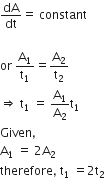A roller coaster is designed such that riders experience " weightlessness" as they go round the top of a hill whose radius of curvature is 20 m. The speed of the car at the top of the hill is between
14 m/s and 15 m/s
15m/s and 16 m/s
16 m/s and 17 m/s
16 m/s and 17 m/s
A.
14 m/s and 15 m/s
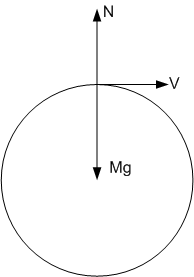

Assuming the sun to have a spherical outer surface of radius r, radiating like a black body at a temperature to C, the power received by a unit surface (normal to the incident rays) at a distance R from the centre of the sun is :




D.

From Stefan's law, the rate at which energy is radiated by sun at its surface si
P = σ x 4 πr2T4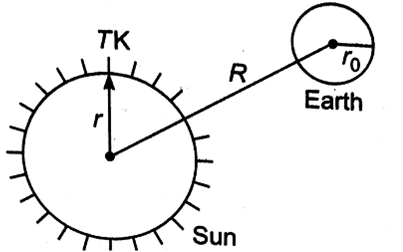
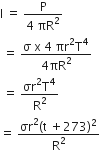
A body mass 1 kg is thrown upwards with velocity 20 ms-1. It momentarily comes to rest after attaining a height of 18 m. How much energy is lost due to air friction? (g = 10 ms-2)
20 J
30 J
40 J
40 J
A.
20 J
The energy lost due to air friction is equal to the difference of initial kinetic energy and final potential energy.
Initially, body possess only kinetic energy and after attaining a height the kinetic energy is zero.
Therefore, loss of energy = KE - PE
=

The figure shows elliptical orbit of a planet m about the sun S. The shaded are SCD is twice the shaded area SAB. If t1 is the time for the planet to move from C to D and t2 is the time to move from A to B then,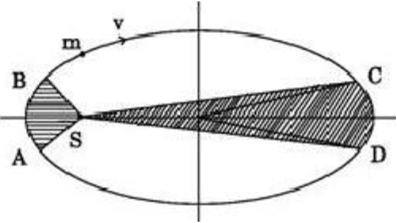
t1 > t2
t1 =4 t2
t1 = 2t2
t1 = 2t2
C.
t1 = 2t2
Apply Kepler's law of area fo planetary motion.
The line joining the sun to the planet sweeps out equal areas time interval ie, areal velocity is constant.